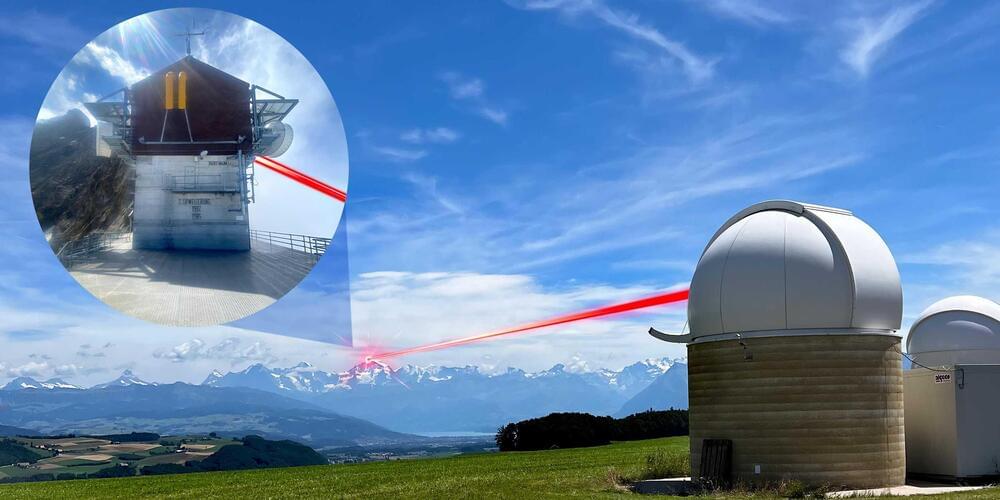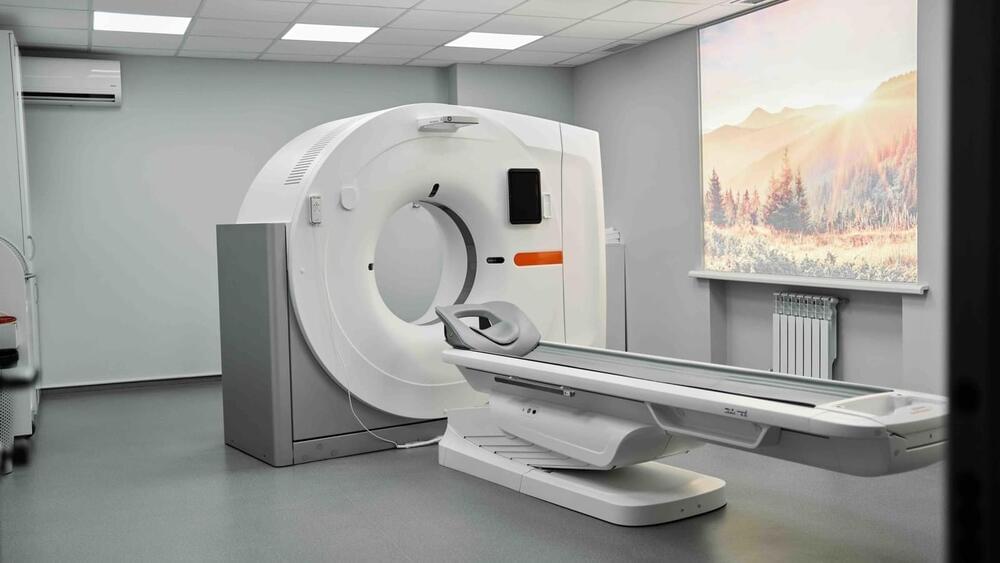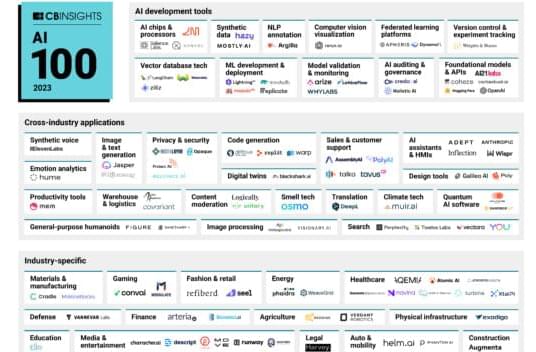The sub disappeared on Monday, sparking a search for the vessel before it runs out of oxygen.



Reliable analyst Ming-Chi Kuo is reporting that Apple is planning to adopt Wi-Fi 7 support on the iPhone as soon as next year. This could bring major improvements not only to speed and reliability, but also for the ability for different Wi-Fi 7 devices to interact with one another.
One of the biggest changes in Wi-Fi 7 is a dramatic increase in the maximum data throughput speeds. According to the Wi-Fi Alliance, Wi-Fi could offer peak data rates of more than 40Gbps, making it up to four times faster than Wi-Fi 6 And Wi-Fi 6E, and nearly six times faster than Wi-Fi 5.
In addition to those impressively fast speeds, Wi-Fi 7 will also introduce something called Multi-Link Operation technology. This will allow devices to simultaneously send and receive data over multiple radio bands. One of the biggest changes is an increase in the number of multi-user MIMO (multi-user, multiple input, multiple output) streams, doubling from eight to 16.


Optical data communications lasers can transmit several tens of terabits per second, despite a huge amount of disruptive air turbulence. ETH Zurich scientists and their European partners demonstrated this capacity with lasers between the mountain peak, Jungfraujoch, and the city of Bern in Switzerland. This will soon eliminate the necessity of expensive deep-sea cables.
The backbone of the internet is formed by a dense network of fiber-optic cables, each of which transports up to more than 100 terabits of data per second (1 terabit = 1012 digital 1/0 signals) between the network nodes. The connections between continents take place via deep sea networks—which is an enormous expense: a single cable across the Atlantic requires an investment of hundreds of millions of dollars. TeleGeography, a specialized consulting firm, announced that there currently are 530 active undersea cables—and that number is on the rise.
Soon, however, this expense may drop substantially. Scientists at ETH Zurich, working together with partners from the space industry, have demonstrated terabit optical data transmission through the air in a European Horizon 2020 project. In the future, this will enable much more cost‑effective and much faster backbone connections via near-earth satellite constellations. Their work is published in the journal Light: Science & Applications.
Opera says its generative AI-infused browser is ready for public consumption. Opera One is now out of early access. It’s more broadly available on Windows, Mac and Linux. You can download it from the company’s website.
Opera features an integrated AI called Aria that you can access from the sidebar. You can use a keyboard shortcut (CTRL or Command and /) to start using Aria as well. The AI is also available in Opera’s Android browser starting today.
The AI stems from Opera’s partnership with ChatGPT creator OpenAI. Aria connects to GPT to help answer users’ queries. The AI incorporates live information from the web and it can generate text or code and answer support questions regarding Opera products. In addition, Opera One can generate contextual prompts for Aria when you right click or highlighting text in the browser. If you prefer to use ChatGPT or ChatSonic, you can access those from the Opera One sidebar too.
Aleksandra Radenovic, head of the Laboratory of Nanoscale Biology in the School of Engineering, has worked for years to improve nanopore technology, which involves passing a molecule like DNA through a tiny pore in a membrane to measure an ionic current. Scientists can determine DNA’s sequence of nucleotides—which encodes genetic information—by analyzing how each one perturbs this current as it passes through. The research has been published in Nature Nanotechnology.
Currently, the passage of molecules through a nanopore and the timing of their analysis are influenced by random physical forces, and the rapid movement of molecules makes achieving high analytical accuracy challenging. Radenovic has previously addressed these issues with optical tweezers and viscous liquids. Now, a collaboration with Georg Fantner and his team in the Laboratory for Bio-and Nano-Instrumentation at EPFL has yielded the advancement she’s been looking for—with results that could go far beyond DNA.
“We have combined the sensitivity of nanopores with the precision of scanning ion conductance microscopy (SICM), allowing us to lock onto specific molecules and locations and control how fast they move. This exquisite control could help fill a big gap in the field,” Radenovic says. The researchers achieved this control using a repurposed state-of-the-art scanning ion conductance microscope, recently developed at the Lab for Bio-and Nano-Instrumentation.



An estimated 3 million people with severe chest discomfort and slightly increased troponin levels visit emergency rooms each year. When the heart muscle suffers damage due to a heart attack, high amounts of protein troponin are produced. It is still unknown how to diagnose and treat people with chest discomfort with detectable or barely increased troponin.
Now, a new study from researchers at Wake Forest University School of Medicine reveals that cardiac magnetic resonance imaging (MRI), is a safe and valuable tool to help evaluate these complex patients.
The study findings appear online today in Circulation: Cardiovascular Imaging, a journal of the American Heart Association.

CB Insights has unveiled the winners of the seventh annual AI 100 — a list of the 100 most promising private AI companies across the globe.
Around one-third of this year’s winners are focused on AI applications across specific industries — such as visual dubbing for the media & entertainment sector or textile recycling for fashion & retail. A total of 40 vendors are focused on cross-industry solutions, like AI assistants & human-machine interfaces (HMIs), digital twins, climate tech, and smell tech.
Additionally, 27 companies in this cohort are developing tools like vector database tech and synthetic datasets to support AI development.